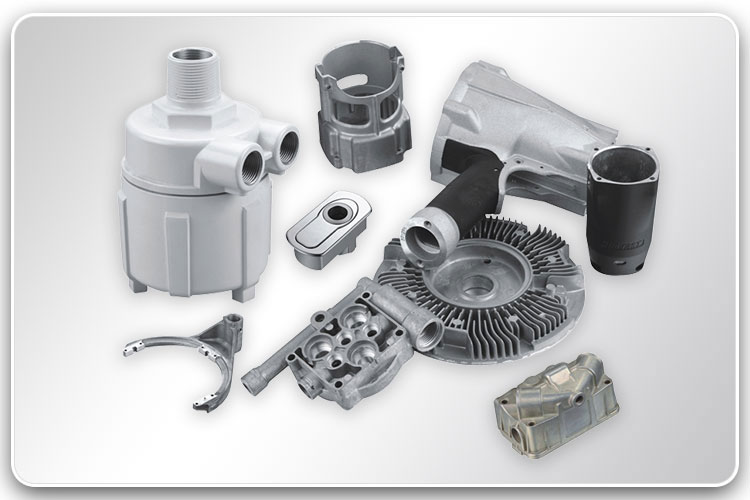What are 3 limitations of high pressure die casting?
2024-04-24
High-pressure die casting (HPDC) is a widely used manufacturing process for producing complex metal parts with high dimensional accuracy and surface finish. However, like any manufacturing process, HPDC has its limitations. Here are three common limitations of high-pressure die casting:

1. Limited Material Selection:
- HPDC is most commonly used with non-ferrous metals such as aluminum, magnesium, and zinc alloys. While these materials offer excellent casting properties, including fluidity and castability, the range of suitable materials for HPDC is more limited compared to other casting processes like sand casting or investment casting. Certain materials may not be suitable for high-pressure die casting due to their melting temperature, alloy characteristics, or casting behavior under high pressure.
2. High Initial Tooling Costs:
- HPDC requires the fabrication of complex and precise dies or molds, typically made from tool steel or other durable materials. The design and machining of these dies can involve high initial costs, especially for intricate or large-scale parts. Additionally, the maintenance and repair of HPDC dies can be expensive over time, as they may wear out or require modifications due to factors such as thermal cycling and mechanical stress.
3. Porosity and Shrinkage Defects:
- Despite its ability to produce parts with high dimensional accuracy, HPDC is susceptible to certain defects such as porosity and shrinkage. Porosity occurs when gas bubbles are trapped within the casting during solidification, leading to internal voids and reduced mechanical properties. Shrinkage defects may also occur due to uneven cooling rates or inadequate feed systems, resulting in localized areas of reduced material density. Minimizing these defects often requires careful process optimization, including proper gating and venting designs, as well as control over melt temperature and injection parameters.
4. Limited Size and Weight Range:
- While HPDC is capable of producing complex and intricate parts with thin walls and fine details, it is less suited for very large or heavy components. The size and weight of parts that can be produced via HPDC are limited by factors such as the capacity of the die casting machine, the clamping force available, and the practical considerations of handling and ejecting the castings. For larger or heavier parts, alternative casting processes such as sand casting or investment casting may be more suitable.
These limitations highlight the importance of understanding the capabilities and constraints of HPDC when selecting it as a manufacturing method for producing metal parts. Despite these limitations, high-pressure die casting remains a highly efficient and cost-effective process for many applications, particularly in industries such as automotive, aerospace, and consumer electronics.


